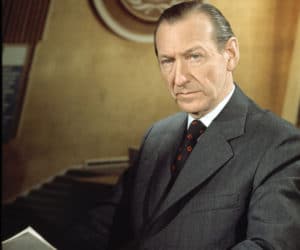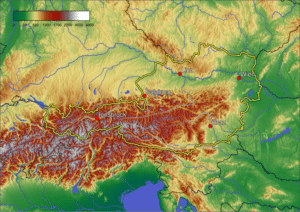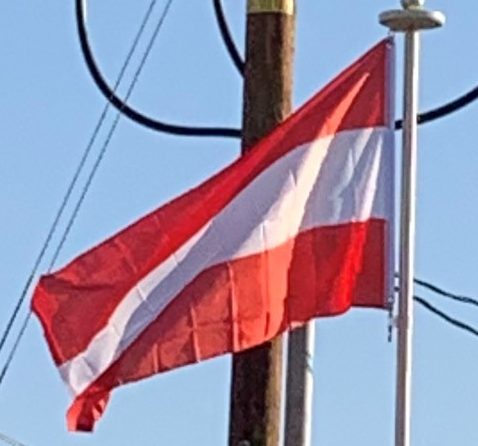
Following a referendum in 1994, at which consent reached a majority of two-thirds, the country became a member of the European Union on 1 January 1995.
The major parties SPÖ and ÖVP have contrary opinions about the future status of Austria’s military nonalignment: While the SPÖ in public supports a neutral role, the ÖVP argues for stronger integration into the EU’s security policy; even a future NATO membership is not ruled out by some ÖVP politicians (ex. Dr Werner Fasslabend (OVP) in 1997). In reality, Austria is taking part in the EU’s Common Foreign and Security Policy, participates in peacekeeping and peace creating tasks, and has become a member of NATO’s “Partnership for Peace”; the constitution has been amended accordingly. Since Liechtenstein joined the Schengen Area in 2011, none of Austria’s neighboring countries performs border controls towards it anymore.
Geography:
Austria is a largely mountainous country due to its location in the Alps. The Central Eastern Alps, Northern Limestone Alps and Southern Limestone Alps are all partly in Austria. Of the total area of Austria, only about a quarter can be considered low lying. The Alps of western Austria give way somewhat into low lands and plains in the eastern part of the country.

It can be divided into five areas, the biggest being the Eastern Alps, which constitute 62% of the nation’s total area. The Austrian foothills at the base of the Alps and the Carpathians account for around 12% and the foothills in the east and areas surrounding the periphery of the Pannoni low country amount to about 12% of the total landmass. The second greater mountain area (much lower than the Alps) is situated in the north. Known as the Austrian granite plateau, it is located in the central area of the Bohemian Mass and accounts for 10% of Austria. The Austrian portion of the Vienna basin comprises the remaining 4%.
Economy:
Austria consistently ranks high in terms of GDP per capita, due to its highly industrialized economy, and well-developed social market economy. Until the 1980s, many of Austria’s largest industry firms were nationalized; in recent years, however, privatization has reduced state holdings to a level comparable to other European economies. Labor movements are particularly influential, exercising large influence on labor politics and decisions related to the expansion of the economy. Next to a highly developed industry, international tourism is the most important part of the economy of Austria.
Germany has historically been the main trading partner of Austria, making it vulnerable to rapid changes in the German economy. Since Austria became a member state of the European Union, it has gained closer ties to other EU economies, reducing its economic dependence on Germany. In addition, membership of the EU has drawn an influx of foreign investors attracted by Austria’s access to the single European market and proximity to the aspiring economies of the European Union. Growth in GDP reached 3.3% in 2006. At least 67% of Austria’s imports come from other European Union member states.
